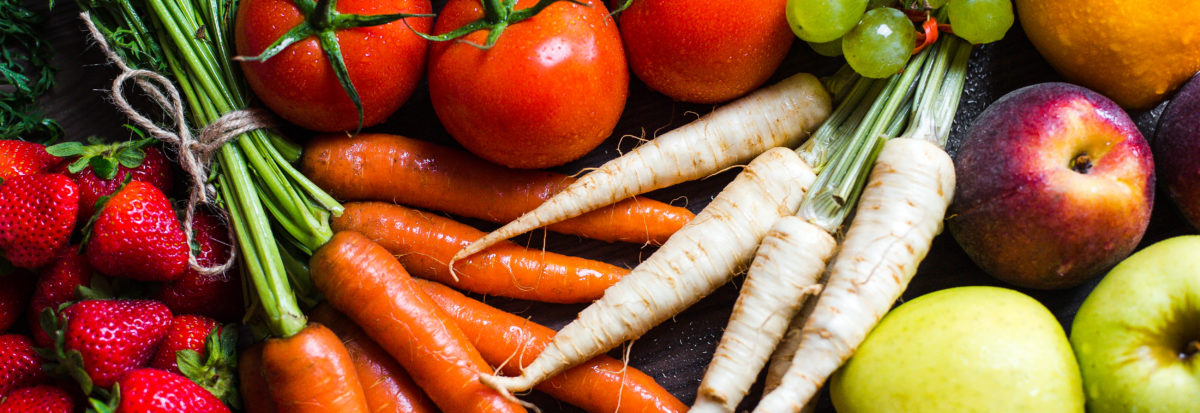You have been diagnosed with Diverticulitis or Diverticulosis – What does it mean?
Diverticulitis is a medical condition signified by an inflammation of the mucous membrane of the large intestine around tiny pockets in the membrane called diverticula. These pockets are built via an invasion of the intestinal mucosa through gaps in the muscular wall of the intestine. The frequent occurrence of such diverticula is called diverticulosis and represents the precursor of diverticulitis.
Why the pockets in the mucous membrane even occur is not quite clear, but some doctors believe that muscle spasm or the wear and tear of decades of bowel movements during normal digestion may be the causes of diverticulosis.
Commonly, diverticulosis is occurs more often in older patients and in males, but it also affects patients younger than 60 and women. In more than 95% of all cases of diverticulosis and diverticulitis the lower part of the large intestine – the colon – is affected.
How does diverticulosis turn into diverticulitis?
Diverticula are filled with stool, which in contrast to the stool in healthy intestines is not passing by, but remains stuck in these tiny pockets. There the stool may harden and put pressure on the surrounding mucosa, which over time gets damaged (the cells are pushed into necrosis). The body’s response to this happening is to activate the local immune system which results in inflammation of the surrounding area. Frequently intestinal bacteria enter the damaged tissue causing infection and further inflammation.
Diverticulitis can lead to further even life-threatening health problems such as:
- peritonitis (an inflammation of the peritoneum)
- chronic or acute ileus (a blockage of the intestines), and
- inflammation of other adjacent regions such as the bladder
What are the symptoms of diverticulitis?
While diverticulosis is usually symptom-less diverticulitis is associated with various symptoms like:
- sudden onset of pain above the affected intestinal tract, most commonly in the left lower abdomen
- fever, nausea, and vomiting
- a change in stool behavior from diarrhea to constipation with pus and mucus in the stool
- bloating, and
- difficulty urinating called dysuria
What foods should you eat with diverticulosis or diverticulitis?
According to most doctors, these are the risk factors for acquiring diverticulosis and potentially diverticulitis:
- smoking
- non-steroidal anti-inflammatory drugs
- lack of physical activity
- obesity
- a low-fiber diet
- excessive consumption of red meat
In contrast, in addition to a change in lifestyles such as quitting to smoke and increased physical activity through sports or other means, a well-rounded diet including high-fiber produce and meat from poultry and fish reduces the risk of getting diverticulosis, or of diverticulosis turning into diverticulitis. It also has a positive effect on patients already affected by diverticulitis.
Click the link to earn more about a good diet for diverticulosis or a good diet for diverticulitis.
